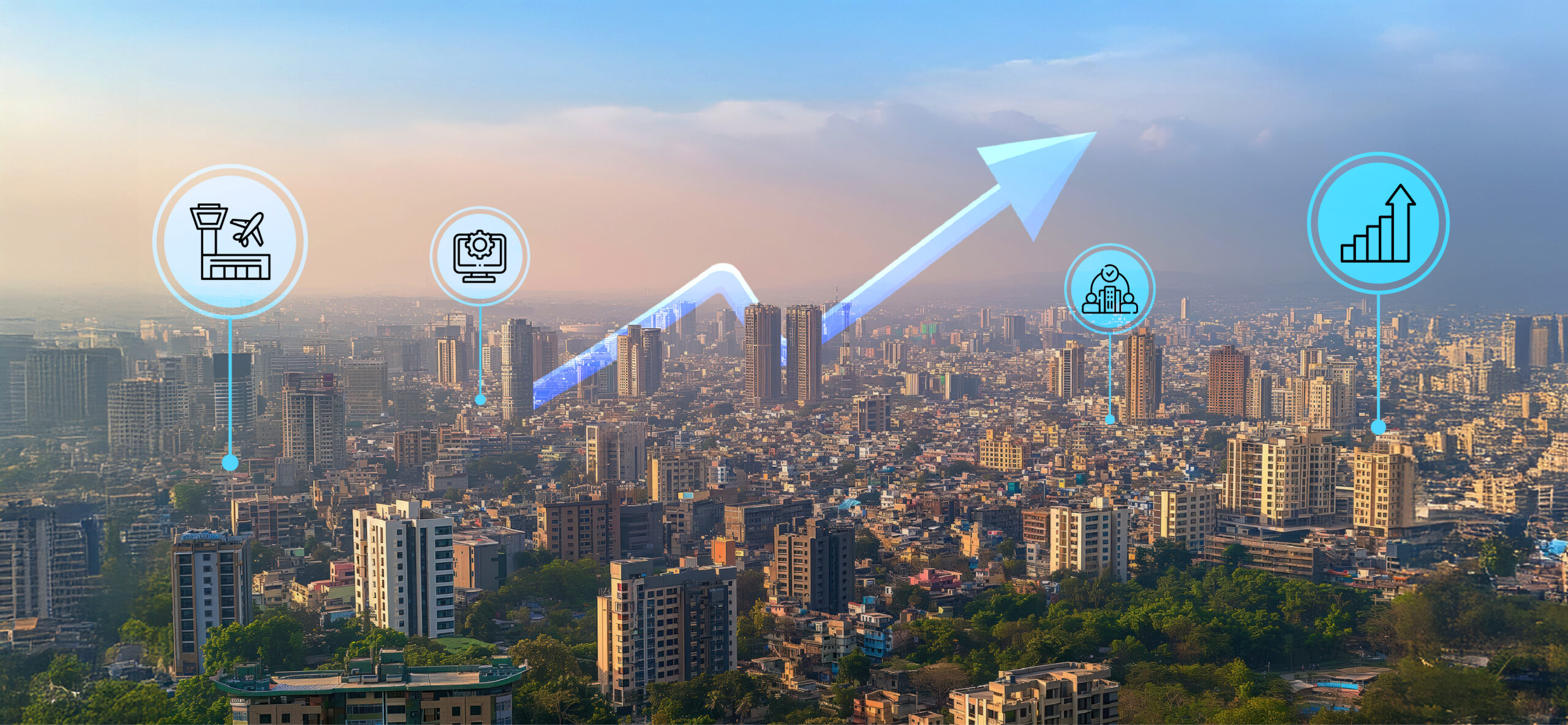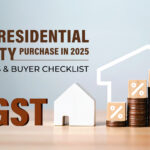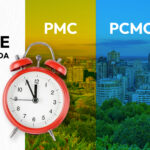Suburban areas like Hinjewadi, Wagholi, and Punawale are becoming popular due to their affordable housing options, larger spaces, and improved infrastructure.
Pune Real Estate in 2025: Where to Buy, What to Expect, and How to Profit

Pune’s real estate has seen a strong post-COVID surge. With experts projecting 15% annual growth, the city remains a top investment hotspot. With the increased migration of professionals, students, and families, the demand for real estate has become competitive. Prime locations are filling fast; now, the spotlight is on emerging zones, where growing connectivity is driving the next big wave of development.
Whether you’re a homebuyer looking for luxury housing or an investor eyeing opportunities, understanding Pune’s growing market is crucial to making informed decisions in 2025.
Let’s explore this in detail.
Migration Patterns Fueling Demand
Pune’s urbanization is primarily driven by its growing IT sector, renowned educational institutions, and strong manufacturing base. In 2025, the city continues to see an influx of people from across India, drawn by job opportunities, a quality lifestyle, and a lower cost of living compared to cities like Mumbai and Bengaluru.
Pune’s real estate market grew by 15% in 2025, outpacing the national average of 10%, driven by rapid IT growth, better infrastructure, and a steady influx of professionals seeking a balanced urban lifestyle.
This population migration directly impacts real estate, particularly in areas near key job hubs and educational institutions.
Population Migration:
Rapid migration from Tier 2 cities has increased demand for rental properties and permanent residences, especially near IT parks and universities.
Demand Surge:
Suburban areas have particularly benefited from this demand as central Pune becomes more saturated.
Emergence of Suburban Hotspots
As central Pune becomes more congested and property prices rise, the focus is shifting toward suburban hotspots. Areas like Hinjewadi, Wagholi, and Punawale have emerged as prime locations for both homebuyers and investors looking for affordable yet well-connected spaces.
These regions offer larger living spaces, more greenery, and ongoing infrastructural developments, making them ideal for families and professionals.
Key Areas to Watch
- Hinjewadi Phase 3
Growth Drivers: Proximity to Rajiv Gandhi Infotech Park and the upcoming Pune Metro Line.
Property Appreciation: 12% year-on-year.
Average Price: ₹5,500 per sq. ft.
Rental Yield: 5–6% annually.
- Mahalunge-Maan Hi-Tech City
Growth Drivers: Part of PMRDA’s development plan; close to Hinjewadi and the proposed Ring Road.
Projected Growth: 10% annually.
Average Price: ₹4,800 per sq. ft.
- Wagholi
Growth Drivers: Affordable housing; proximity to Kharadi’s IT corridor.
Average Price: ₹3,900 per sq. ft.
Rental Yield: Approximately 5%.
- Ravet
Growth Drivers: Strategic location at the Mumbai-Pune Expressway’s entry point.
Average Price: ₹4,200 per sq. ft.
Target Audience: First-time homebuyers and investors.
- Tathawade
Growth Drivers:Close to educational institutions and the Hinjewadi IT Park.
Property Appreciation: 8% increase.
Rental Yield: Approximately 4%.
- Punawale
Growth Drivers: Affordable housing near Mumbai-Pune Expressway, attracting young professionals.
Rental Yield: Approximately 5%.
Infrastructure Developments Enhancing Connectivity
Pune’s real estate growth in 2025 is fuelled by demand and the transformative impact of large-scale infrastructure projects. These upgrades are re-mapping the city, bringing distant suburbs into the spotlight and turning them into high-potential investment zones. Here are the crucial upgrades across the city:
Pune Metro Rail Project
Status: Phase 1 expected completion by 2025–2026
The Pune Metro is boosting urban mobility by connecting major residential, commercial, and educational hubs. Corridors linking key zones like Hinjewadi, Shivajinagar,
Swargate, and Ramwadi significantly reduce commute times and improve access to job centres.
- Properties near metro stations are already seeing price appreciation.
- Tenants and buyers prefer locations with hassle-free connectivity.
- Ideal for working professionals, students, and urban families.
Pune Ring Road Project
Status: In-progress; expected completion by 2026–2027
Designed to decongest city traffic, the Ring Road will connect major highways (NH-4, NH-9, NH-50) and link areas like Hadapsar, Wagholi, Hinjewadi, and Chakan. This
seamless circular route will open up vast tracts of land for development.
- Unlocks land parcels in fringe areas for residential townships and logistics parks.
- Investors can tap into early-stage growth corridors before prices peak.
- Improves east-west and north-south city connectivity drastically.
Purandar International Airport (Proposed)
Status: Approved; land acquisition underway
Located near Saswad and Purandar, this new airport will ease pressure off Lohegaon and stimulate development across South-East Pune. It’s set to become a major
economic driver for tourism, business, and real estate.
- Areas like Saswad, Jejuri, and Phursungi could emerge as real estate hotspots.
- Expect growth in hospitality, warehousing, and residential sectors.
Pune-Nashik Semi-High-Speed Rail
Status: Proposed; approval stage
This rail link aims to connect Pune and Nashik in under two hours, enhancing trade and commuter movement. It will pass through key growth areas like Chakan, Talegaon, and Rajgurunagar.
- Boosts industrial connectivity between Pune and North Maharashtra.
- Strategic for investors looking at mid-to-long-term appreciation in industrial-adjacent zones.
Smart City Mission & Urban Road Expansions
Status: Active across PMC & PCMC
Several roads across Kharadi, Baner, Wakad, and Pimpri-Chinchwad are being widened and digitised under the Smart City Mission. Improved street lighting, drainage, walkability, and digital access make these locations more liveable and future ready.
- Upgraded urban infrastructure = higher rental demand and resale value.
- It attracts white-collar professionals and tenants from IT and service sectors.
All these projects create a networked city, where location becomes less about geography and more about connectivity. For buyers and investors:
- Look for property near upcoming metro lines, Ring Road junctions, and road-widening zones.
- Early-stage investments in connected suburbs like Tathawade, Punawale, Wagholi, and Phursungi can yield significant capital gains.
- Properties once considered “too far” are now becoming the next big thing.
Shift in Housing Preferences
The COVID-19 pandemic has had a lasting impact on housing preferences. With more people working remotely, there has been a noticeable shift towards larger homes accommodating home offices.
The demand for integrated townships that offer a mix of residential, commercial, and recreational spaces has also risen, as people prioritize work-life balance.
This trend continues in 2025, with homebuyers opting for homes with more square footage, outdoor spaces, and modern amenities. Luxury housing projects in Pune, especially in suburban areas, are now designed to cater to this new demand, offering spacious units with dedicated workspaces.
- Larger Homes:
A growing preference for homes with dedicated workspaces, home offices, and spacious layouts. - Integrated Townships:
These offer a self-contained lifestyle with retail, leisure, and healthcare facilities all within reach, providing convenience for residents.
Rental Market Dynamics
The rental market in Pune is thriving, particularly in areas close to IT hubs, educational institutions, and newly developed infrastructure. As the city’s population grows, so does the demand for rental properties.
Areas with high rental demand present lucrative opportunities for investors. Locations near Hinjewadi, Magarpatta, and Kharadi are experiencing strong rental yields due to the continuous influx of students, professionals, and migrants.
Properties with easy access to transportation and amenities are fetching higher rents, making them ideal for generating passive income.
- High Demand Areas:
IT hubs like Hinjewadi and Kharadi continue to see high rental yields, as these locations attract professionals working in the tech and corporate sectors. - Student Housing:
Areas near Pune’s prestigious colleges, such as Fergusson College and Symbiosis, are seeing increased demand for rental properties catering to students.
Sustainable and Smart Living Trends
The rental market in Pune is thriving, particularly in areas close to IT hubs, educational institutions, and newly developed infrastructure. As the city’s population grows, so does the demand for rental properties.
As the world becomes more environmentally conscious, Pune’s real estate market is aligning with these values. Developers are increasingly adopting green building practices, smart home technologies, and sustainable designs to cater to the growing demand for eco-friendly homes.
The demand for sustainable living is about reducing environmental impact and offering long-term value. Homes with energy-efficient appliances, water conservation systems, and advanced security features are becoming highly desirable.
- Long-Term Savings:
Energy-efficient homes reduce utility bills and provide long-term cost savings. - Higher Resale Value:
Sustainable homes are more attractive to buyers and often fetch higher resale prices.
On the final note
Pune’s urbanization continues to grow its real estate industry, offering many opportunities for homebuyers and investors. By understanding the key trends, such as migration patterns, emerging hotspots, and infrastructure developments, you can make more informed decisions when purchasing or investing in Pune real estate.
If you want to capitalize on Pune’s developing market in 2025, BeyondWalls can help you sail through the complexities and maximize your investment returns.
Want to get a customized strategy?
FAQ
The rental market is strong, particularly in areas near IT hubs and educational institutions. High rental demand is creating great opportunities for investors seeking steady rental income.
Sustainable homes offer long-term cost savings, higher resale value, and cater to the growing demand for eco-friendly living, making them a smart investment choice.
Projects like the Pune Metro and Ring Road are enhancing connectivity and accessibility, boosting property values in surrounding areas.
Areas around metro stations, suburban regions with good infrastructure, and locations near IT hubs and educational institutions offer high potential for residential and commercial property investments.
Thank you. Your comment will be visible after an approval.
Comments (0)
No comments found.







Add your comment